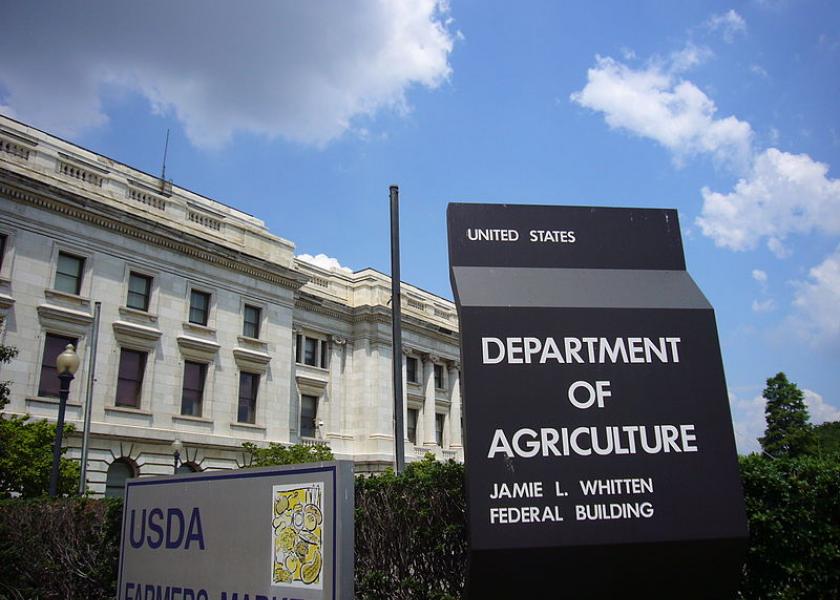Vilsack Says Only 1.8 Mil. of 4 Mil. Expiring CRP Acres Will Be Re-Enrolled

During a call with reporters from Mexico on Tuesday, USDA Secretary Tom Vilsack provided more details regarding the general Conservation Reserve Program (CRP) signup that ended March 11.
He said only 1.8 million of the 4 million acres in expiring contracts will be re-enrolled in the program as 52% to 56% of the maturing acres were not offered in the general signup. He also said that new contracts on around 800,000 acres would be offered. That would be a net loss of about 1.4 million total CRP acres, which would mesh with Vilsack stating that there would be a net reduction in CRP of around 1.5 million acres.
“We got a few new contracts, but nowhere near the number of contracts that did not re-up,” Vilsack said, adding the data prove there was no reason for him to open CRP to emergency cropping. “The market basically responds to signals and farmers make the decision,” he said.
Bringing CRP Ground Back into Production ‘Not Feasible’
Earlier this week, Vilsack said bringing CRP ground back into production ‘not feasible’ and indicates less CRP re-enrollments in latest general signup. The calls for USDA to allow ground in the Conservation Reserve Program (CRP) to be brought back into production does not appear to be one USDA will be heeding. In a letter (link) to the National Grain and Feed Association (NGFA) and obtained by Politico, USDA Secretary Tom Vilsack said bringing CRP acres back into production is “not feasible” in part as land in the program is not highly productive. The 202 Natural Resources Inventory by USDA showed only 1.3% of prime farmland is in CRP and “more than 75% of acres” are less productive non-prime farmland. Drought in several parts of the US is another factor against tapping CRP acres cited by Vilsack along with facts that we have signaled — acres coming out of CRP have significant “slippage,” which Vilsack said means “one acre coming out of CRP does not transfer into an acre of crop production, but closer to half that.”
USDA's Own Guidance
Those with land in CRP with contracts expiring in the fall have typically sought to re-enroll a high percentage of those acres back into the program, typically more than 50% to 60%. USDA concluded a general CRP signup March 11, and Vilsack indicated that the trend of re-enrolling acres may not be as strong this time relative to the 4 million acres under contracts that mature September 30.
While cautioning USDA is still sorting through the CRP offers, Vilsack said, “our data reflect the reality that, with higher commodity prices, producers are not re-enrolling all of these acres in CRP. Instead, high prices for this year’s crops will motivate producers to plant more acres of wheat, soybeans, and corn, with the main limiting factors being weather and soil moisture conditions.”
That shows that producers are willing to bring acres out of CRP when contracts mature during a time of higher commodity prices even with higher costs involved to return such lands to productivity.







